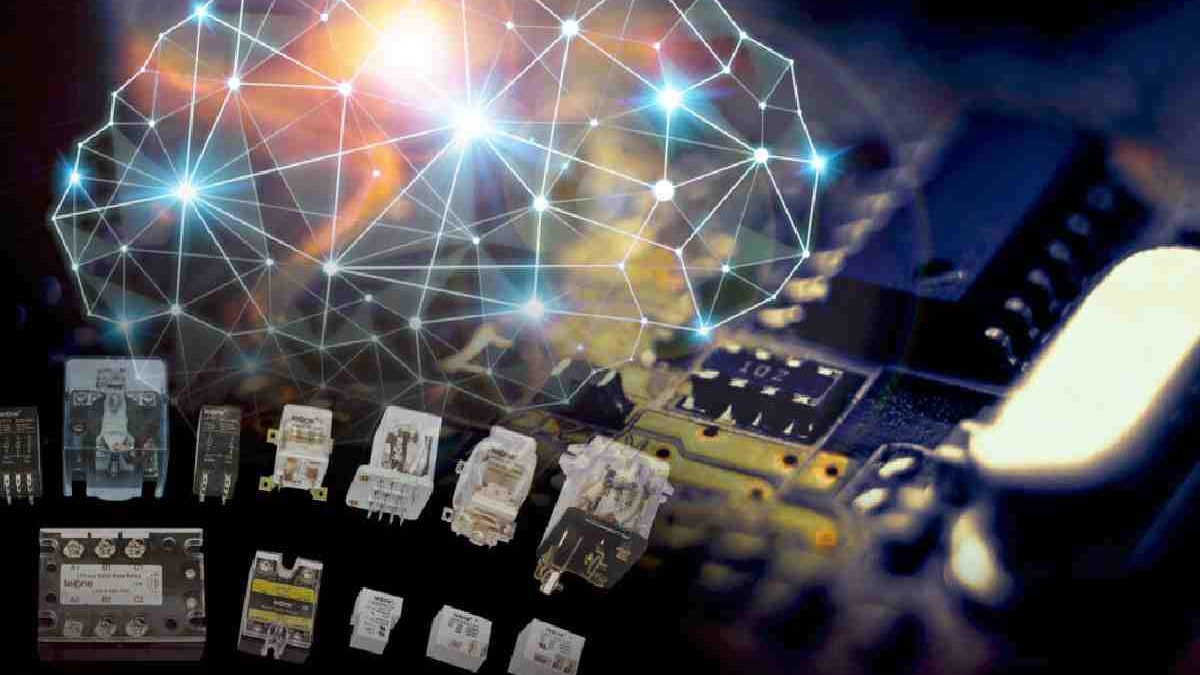Solid State Relays (Ssrs): The Future Of Switching Technology
In today’s fast-paced industrial and commercial environments, efficient and reliable switching technology is essential. Traditional electromechanical relays have long been used for this purpose, but they suffer from limitations such as slow switching speeds, mechanical wear, and frequent maintenance requirements.
Solid state relay (SSR) technology has emerged as a superior alternative, offering numerous advantages. SSRs utilize semiconductor devices, eliminating the mechanical components prone to wear and tear. This results in faster switching speeds, longer lifespans, and reduced maintenance needs, making SSRs an ideal choice for modern applications.
Table of Contents
How SSRs Work
SSRs utilize semiconductor equipment, such as thyristors or transistors, to control the flow of electrical current. Unlike electromechanical relays, which rely on mechanical contacts to switch currents, SSRs operate electronically, providing faster switching times and more excellent reliability.
An SSR typically consists of an input circuit and an output circuit. The input circuit receives a control signal, which can be either AC or DC voltage. This signal is then processed by the semiconductor device, which controls the flow of present through the output circuit.
Benefits Of Using SSRs
SSRs offer several significant benefits over traditional electromechanical relays:
- Long Lifespan and Reliability
SSRs have no moving parts, eliminating the mechanical wear and tear associated with electromechanical relays. This results in a much longer lifespan and reduced maintenance requirements.
- Fast Switching Speeds
SSRs can switch currents much faster than electromechanical relays, making them ideal for applications that require rapid response times.
- No Mechanical Contacts
The absence of mechanical contacts in SSRs eliminates the risk of contact bounce, arcing, and pitting, which can take to premature failure and reduced reliability.
- Reduced Maintenance Requirements
SSRs require minimal maintenance, as there are no mechanical contacts to clean or adjust. This reduces downtime and maintenance costs.
- Increased Efficiency and Energy Savings
SSRs can be more energy-efficient than electromechanical relays, mainly when used in high-power applications.
Applications Of SSRs
SSRs are broadly used in a variety of applications, including:
- Industrial Automation
They are essential components in industrial control systems, automating processes and improving efficiency.
- HVAC Systems
SSRs remain used to control heating, ventilation, and air conditioning systems, optimizing energy consumption and maintaining comfortable indoor environments.
- Lighting Control
SSRs can remain used to dim or brighten lights, creating various lighting effects and saving energy.
- Power Supplies
They remain used in power supplies to regulate voltage and current, ensuring stable and reliable operation of electronic devices.
- Motor Control
SSRs can remain used to control the speed and torque of motors, providing precise control and improved efficiency.
Types Of SSRs – Solid State Relays (Ssrs)
SSRs are available in various types, each with its own characteristics and applications:
- AC SSRs
AC SSRs remain designed to control AC currents. They are commonly used in applications such as lighting control and HVAC systems.
- DC SSRs
DC SSRs remain designed to control DC currents. They are used in applications such as battery chargers and power supplies.
- Zero-Voltage Switching SSRs
Zero-voltage switching SSRs switch the output current only when the input voltage crosses zero. This reduces electromagnetic interference and improves efficiency.
- Optocoupler SSRs
Optocoupler SSRs provide electrical isolation between the input and output circuits, enhancing safety and reliability.
Factors To Consider When Selecting An Ssr
When selecting an SSR, it is essential to consider the following factors:
- Input Voltage and Current
Ensure that the SSR can handle the input voltage and current levels of your application.
- Output Voltage and Current
Select an SSR with an output rating that matches the requirements of your load.
- Switching Frequency
Consider the required switching frequency of the SSR, especially for applications that require rapid switching.
- Isolation Voltage
If electrical isolation is necessary, choose an SSR with an appropriate isolation voltage rating.
- Ambient Temperature
Ensure that the SSR can operate reliably within the expected ambient temperature range of your application.
Future Trends In Ssr Technology
SSRs continue to evolve, with new advancements and innovations emerging regularly. Some of the trends to watch include:
- Integration with IoT and Industry 4.0
SSRs remain increasingly being integrated with IoT (Internet of Things) technologies and Industry 4.0 initiatives. This enables real-time monitoring, remote control, and predictive maintenance.
- Higher Power Ratings
SSRs remain being developed with higher power ratings to meet the demands of more demanding applications.
- Improved Efficiency and Energy Savings
Ongoing research and development efforts remain focused on improving the efficiency and energy-saving capabilities of SSRs.
- Advanced Gate Drive Techniques
New gate drive techniques remain being developed to improve the performance and reliability of SSRs.
As SSR technology continues to advance, we can await to see even more significant benefits and broader applications in the future.
Conclusion – Solid State Relays (Ssrs)
Solid State Relays have revolutionized switching technology, offering numerous advantages over traditional electromechanical relays. Their fast switching speeds, long lifespans, and reduced maintenance requirements creating them an ideal choice for a wide scope of applications. By carefully considering the parts outlined in this article, you can select the appropriate SSR to meet your particular needs and enhance the performance and efficiency of your systems.
Upgrade To Ssrs For Enhanced Performance And Efficiency
Are you ready to harness the power of SSR technology? Schneider Electric offers a wide range of high-quality SSRs to meet your specific needs. Our SSRs remain designed for reliability, efficiency, and long-term performance.

